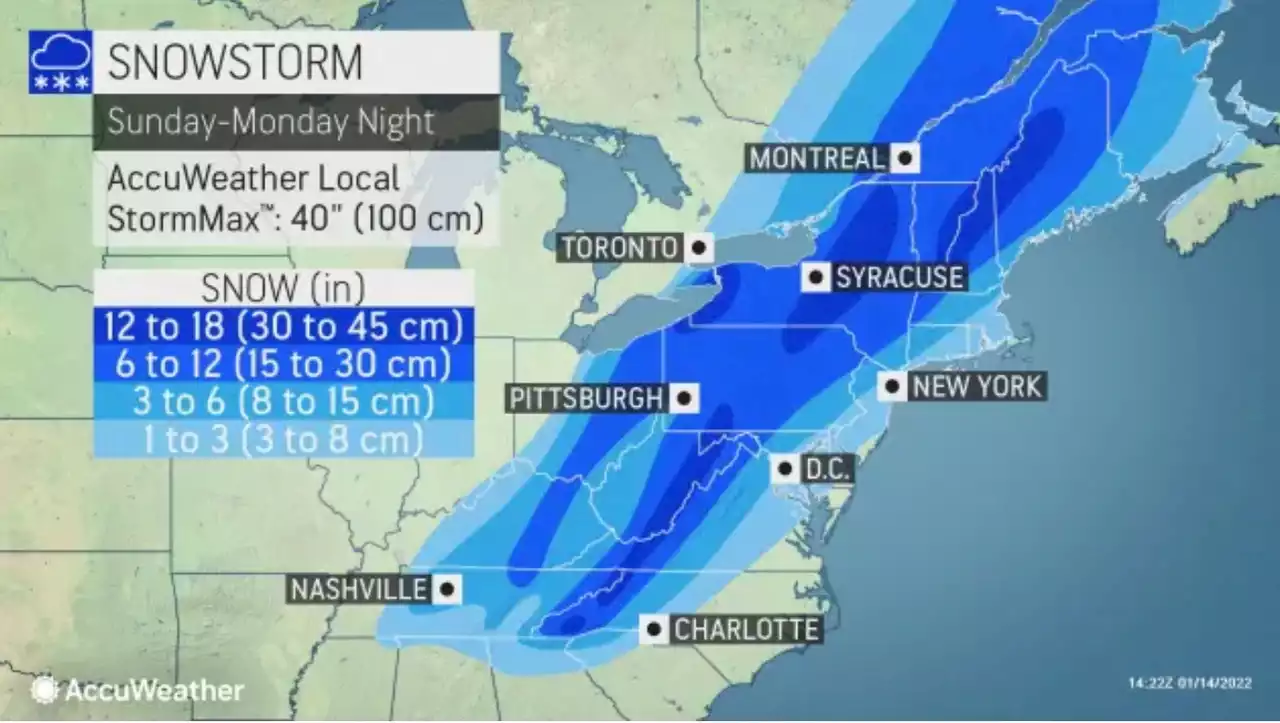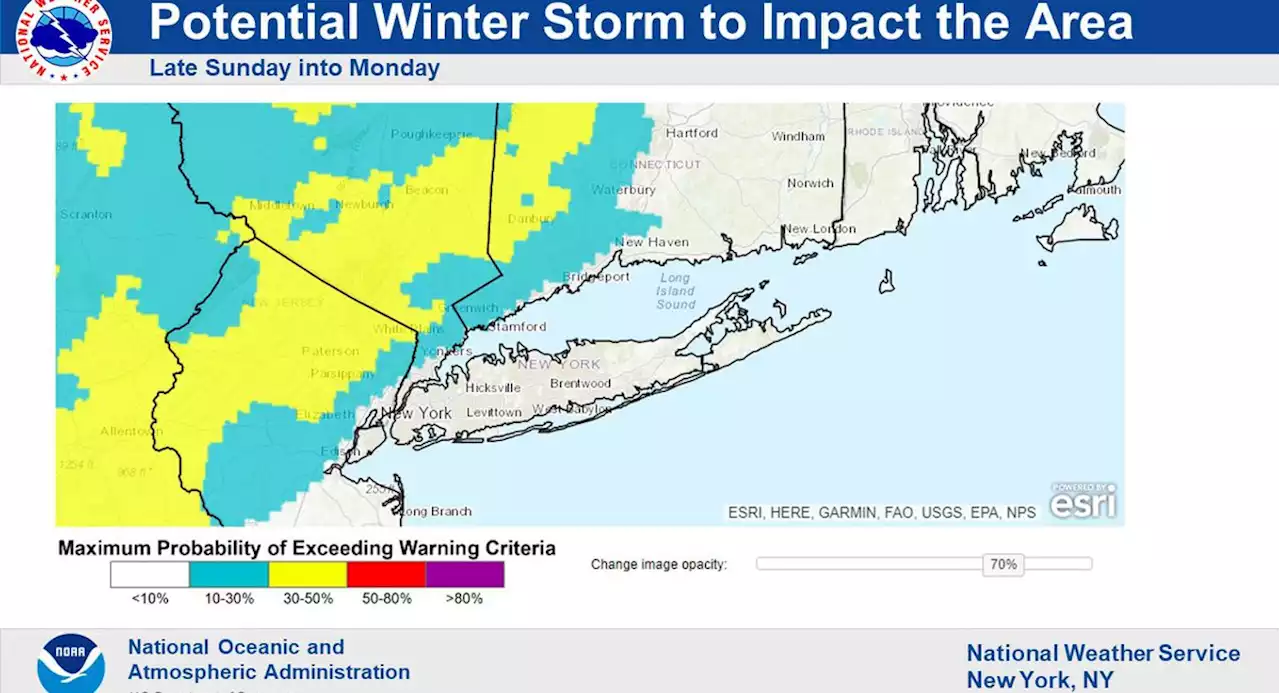The science of how our weather works, and how we predict it.
Expect rain. Those two simple words can ruin picnic plans or herald rescue for drought-stricken crops. Few things in our lives are as universal as the weather.
Cooler air is dense and can’t hold much moisture; warmer air is less dense and can hold more water. When regions of air with different temperatures and densities meet, the boundary is called a front. Sometimes these cloudy clashes can cause rain, as the cooling warm air is forced to drop its water. But early forecasts were limited and relied on persistence, or the assumption that a system’s past would dictate its future behavior. “If a storm system is in Kansas one day and Missouri the next, then by persistence you can say it’ll be in Illinois the next day,” explains Bob Henson, a meteorologist who writes for Weather Underground.
But don’t think humans are unnecessary just yet. “A forecaster might tweak what the computer tells you if they know their area really well and they know that models struggle with a certain kind of weather situation,” says Henson. What about major events? Based on National Hurricane Center forecasts since 2010, a hurricane’s eye made landfall, on average, just 47 miles from where a prediction 24 hours earlier said it would. That’s only about one-sixth of an average hurricane’s total size. “Twenty-four hours before a hurricane strikes land, we’ve already pretty much nailed down where it will go,” says Judt. Going out to five days, the error in the forecasts since 2010 is about 220 miles.
Judt, whose work focuses on the theoretical limit of accuracy in weather forecasting, says we’ll never be able to predict thunderstorms more than a couple of hours in advance, regardless of how good observations become. For hurricanes and winter storms, which are much bigger and therefore easier to spot in advance, the theoretical limit is two to three weeks — “so there’s still a couple of days to be gained, if not a whole week,” he says.
In addition, what this number doesn’t tell you is how much it will rain, how hard, when or for how long. So the next time you see a low chance of rain in your forecast, check the full weather report before you leave the umbrella at home. But outlying, low-probability results occur in the ensemble, too. Since these data are accessible to the public, there’s always a risk the data will be shared out of context on social media. “That’s not a challenge that’s going away,” says Kelsch.
France Dernières Nouvelles, France Actualités
Similar News:Vous pouvez également lire des articles d'actualité similaires à celui-ci que nous avons collectés auprès d'autres sources d'information.
 Padma Lakshmi makes 3 comforting cold-weather dishes with kaleHere's how to store, prep and cook with kale, according to Padma Lakshmi.
Padma Lakshmi makes 3 comforting cold-weather dishes with kaleHere's how to store, prep and cook with kale, according to Padma Lakshmi.
Lire la suite »
 N.J. weather: Winter weather, wind advisories issues for 5 counties ahead of Sunday stormThe warnings are among the latest info from the National Weather Service.
N.J. weather: Winter weather, wind advisories issues for 5 counties ahead of Sunday stormThe warnings are among the latest info from the National Weather Service.
Lire la suite »
 Winter Storm Izzy Spreading a Mess of Snow, Ice from the South and East into MLK Weekend | The Weather Channel - Articles from The Weather Channel | weather.comWinter Storm Izzy will bring snow and ice to parts of the Southeast tomorrow, then heavy snow to the Northeast through Monday. Forecast details:
Winter Storm Izzy Spreading a Mess of Snow, Ice from the South and East into MLK Weekend | The Weather Channel - Articles from The Weather Channel | weather.comWinter Storm Izzy will bring snow and ice to parts of the Southeast tomorrow, then heavy snow to the Northeast through Monday. Forecast details:
Lire la suite »
 A Mix Of Snow, Heavy Rain, High Winds In Store For Holiday WeekendEarly forecasts indicate snowfall in New York City will begin around 6 p.m. on Sunday. That precipitation is expected to turn to rain by midnight, spoiling the odds that New Yorkers will awake to a winter wonderland on Martin Luther King Jr. Day.
A Mix Of Snow, Heavy Rain, High Winds In Store For Holiday WeekendEarly forecasts indicate snowfall in New York City will begin around 6 p.m. on Sunday. That precipitation is expected to turn to rain by midnight, spoiling the odds that New Yorkers will awake to a winter wonderland on Martin Luther King Jr. Day.
Lire la suite »
